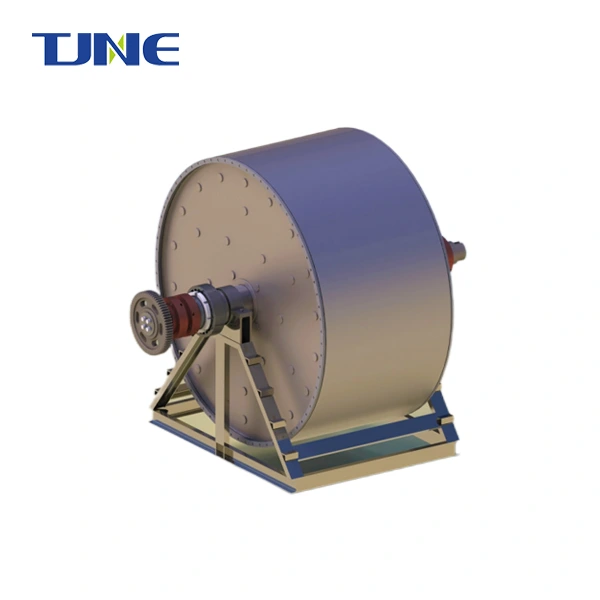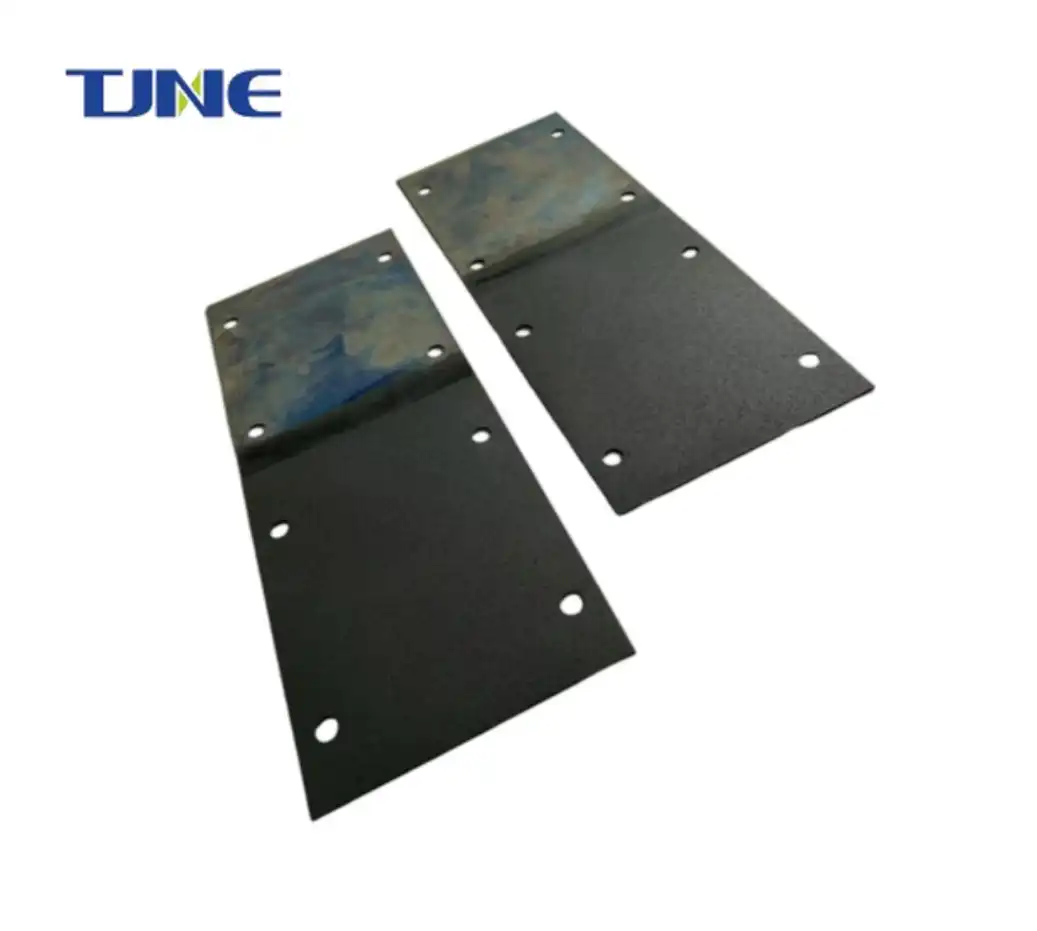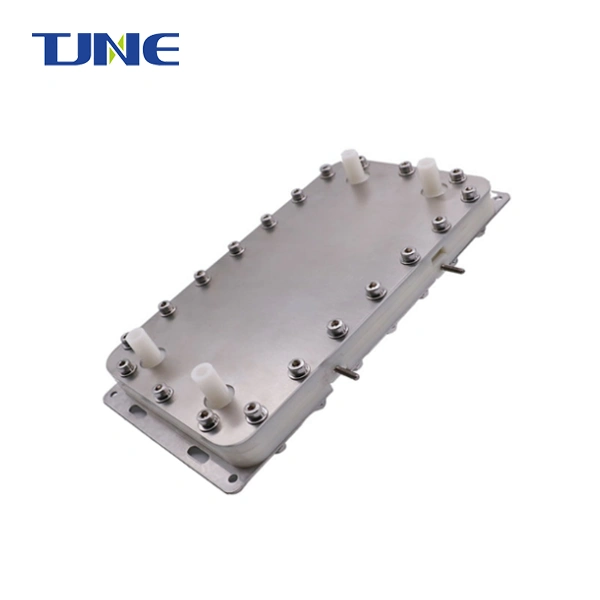- English
- French
- German
- Portuguese
- Spanish
- Russian
- Japanese
- Korean
- Arabic
- Greek
- German
- Turkish
- Italian
- Danish
- Romanian
- Indonesian
- Czech
- Afrikaans
- Swedish
- Polish
- Basque
- Catalan
- Esperanto
- Hindi
- Lao
- Albanian
- Amharic
- Armenian
- Azerbaijani
- Belarusian
- Bengali
- Bosnian
- Bulgarian
- Cebuano
- Chichewa
- Corsican
- Croatian
- Dutch
- Estonian
- Filipino
- Finnish
- Frisian
- Galician
- Georgian
- Gujarati
- Haitian
- Hausa
- Hawaiian
- Hebrew
- Hmong
- Hungarian
- Icelandic
- Igbo
- Javanese
- Kannada
- Kazakh
- Khmer
- Kurdish
- Kyrgyz
- Latin
- Latvian
- Lithuanian
- Luxembou..
- Macedonian
- Malagasy
- Malay
- Malayalam
- Maltese
- Maori
- Marathi
- Mongolian
- Burmese
- Nepali
- Norwegian
- Pashto
- Persian
- Punjabi
- Serbian
- Sesotho
- Sinhala
- Slovak
- Slovenian
- Somali
- Samoan
- Scots Gaelic
- Shona
- Sindhi
- Sundanese
- Swahili
- Tajik
- Tamil
- Telugu
- Thai
- Ukrainian
- Urdu
- Uzbek
- Vietnamese
- Welsh
- Xhosa
- Yiddish
- Yoruba
- Zulu
Mixed Metal Oxide (MMO) Anode Plates are advanced electrochemical components widely used in various industrial applications. These plates are engineered to provide superior performance and longevity in electrochemical processes, particularly in harsh environments. MMO Anode Plates are composed of a base metal substrate, typically titanium, coated with a layer of mixed metal oxides. This unique composition gives them excellent catalytic properties, corrosion resistance, and durability, making them essential in industries such as water treatment, metal finishing, and chlor-alkali production.
How are MMO Anode Plates manufactured?
The manufacturing process of MMO Anode Plates involves several critical steps that contribute to their exceptional performance. The process begins with the selection of a high-quality titanium substrate, which serves as the base for the anode plate. Titanium is chosen for its excellent corrosion resistance and lightweight properties, making it ideal for use in electrochemical applications.
The titanium substrate undergoes a thorough cleaning and preparation process to ensure optimal adhesion of the mixed metal oxide coating. This typically involves degreasing, etching, and sometimes sandblasting to create a clean and slightly roughened surface. The preparation step is crucial as it significantly impacts the final coating's adhesion and overall performance of the anode plate.
Next comes the application of the mixed metal oxide coating, which is the heart of the MMO Anode Plate's functionality. The coating is typically composed of a mixture of precious metal oxides, such as iridium oxide (IrO2), ruthenium oxide (RuO2), and sometimes tantalum oxide (Ta2O5). These oxides are carefully selected and combined to achieve the desired catalytic properties and durability.
The coating is applied using advanced techniques such as thermal decomposition or electrodeposition. In the thermal decomposition method, precursor solutions containing the metal salts are applied to the titanium substrate and then heated to high temperatures (usually around 400-500°C) in a controlled atmosphere. This process causes the precursor compounds to decompose and form a stable oxide layer on the titanium surface.
Multiple layers are often applied to achieve the desired coating thickness and composition. Each layer is carefully controlled to ensure uniformity and optimal performance. The number of layers and the specific composition can be tailored to meet the requirements of different applications, allowing for customization of the anode plates for specific industrial processes.
After the coating process, the MMO Anode Plates undergo a series of quality control tests to ensure they meet the required specifications. These tests may include visual inspections, adhesion tests, electrochemical performance tests, and accelerated life testing. The rigorous quality control process ensures that each MMO Anode Plate will perform consistently and reliably in its intended application.
The final step in the manufacturing process is often a post-treatment or conditioning phase. This may involve electrochemical activation of the coating to enhance its catalytic properties or additional surface treatments to further improve its performance and longevity.
The entire manufacturing process is carefully controlled and often proprietary, with different manufacturers developing their own specific techniques and formulations to achieve the best possible performance from their MMO Anode Plates.
What are the key advantages of using MMO Anode Plates in electrochemical processes?
MMO Anode Plates offer numerous advantages in electrochemical processes, making them the preferred choice for many industrial applications. Their unique properties and performance characteristics set them apart from traditional anode materials, leading to improved efficiency, cost-effectiveness, and environmental sustainability.
One of the primary advantages of MMO Anode Plates is their exceptional catalytic activity. The mixed metal oxide coating provides a large active surface area with numerous catalytic sites, facilitating efficient electron transfer in electrochemical reactions. This high catalytic activity leads to lower overpotentials, meaning less energy is required to drive the desired reactions. As a result, processes using MMO Anode Plates can operate at lower voltages, reducing overall energy consumption and operational costs.
Durability and longevity are other key advantages of MMO Anode Plates. The combination of a corrosion-resistant titanium substrate and a stable mixed metal oxide coating results in anodes that can withstand harsh chemical environments and high current densities for extended periods. This exceptional durability translates to longer service life compared to traditional anode materials, reducing the frequency of replacements and associated downtime. In many applications, MMO Anode Plates can last several years or even decades, providing significant cost savings over the long term.
MMO Anode Plates also offer excellent dimensional stability. Unlike some other anode materials that may deform or erode over time, MMO anodes maintain their shape and size throughout their operational life. This stability ensures consistent performance and uniform current distribution, which is crucial in many electrochemical processes, particularly in large-scale industrial applications.
Another significant advantage is the low chlorine overpotential exhibited by MMO Anode Plates. This property makes them particularly valuable in chlor-alkali production and water treatment applications where chlorine generation is desired. The efficient chlorine evolution at lower potentials not only reduces energy consumption but also minimizes the formation of unwanted by-products, leading to higher product quality and reduced environmental impact.
MMO Anode Plates are also known for their versatility. They can be manufactured in various shapes and sizes to suit different reactor designs and process requirements. Whether flat plates, mesh structures, or cylindrical forms are needed, MMO anodes can be tailored to fit specific application needs. This flexibility in design allows for optimization of current distribution and mass transfer in electrochemical cells, further enhancing process efficiency.
The environmental benefits of using MMO Anode Plates are also noteworthy. Their energy efficiency and long service life contribute to reduced carbon footprints in industrial processes. Additionally, the stability of the mixed metal oxide coating means that there is minimal release of metal ions into the process stream, reducing the environmental impact and improving product purity in applications such as water treatment.
From an operational perspective, MMO Anode Plates offer ease of maintenance. Their robust construction and resistance to fouling mean that they require less frequent cleaning and maintenance compared to other anode materials. This not only reduces maintenance costs but also minimizes process interruptions, contributing to improved overall plant efficiency.
In summary, the key advantages of using MMO Anode Plates in electrochemical processes include high catalytic activity, exceptional durability, dimensional stability, low chlorine overpotential, versatility in design, environmental benefits, and ease of maintenance. These advantages combine to make MMO Anode Plates a superior choice for a wide range of industrial electrochemical applications, offering improved process efficiency, cost-effectiveness, and sustainability.
What industries benefit most from the use of MMO Anode Plates?
MMO Anode Plates have found widespread application across various industries due to their unique properties and performance characteristics. Their versatility and efficiency make them valuable in numerous electrochemical processes, benefiting a wide range of industrial sectors.
One of the primary industries that significantly benefits from MMO Anode Plates is water treatment. In this sector, MMO anodes play a crucial role in electrochlorination systems used for water disinfection. These systems generate chlorine on-site from salt water or brine solutions, providing a safe and effective method for treating drinking water, wastewater, and industrial process water. The low chlorine overpotential of MMO anodes allows for efficient chlorine production with minimal energy consumption. Additionally, their durability in chloride-rich environments ensures long-lasting performance, reducing maintenance requirements and operational costs for water treatment facilities.
The chlor-alkali industry is another major beneficiary of MMO Anode Plate technology. This industry, which produces chlorine, sodium hydroxide, and hydrogen through the electrolysis of brine, relies heavily on efficient and durable anodes. MMO Anode Plates excel in this application due to their high catalytic activity for chlorine evolution and their ability to withstand the harsh conditions in chlor-alkali cells. The use of MMO anodes in this industry has led to significant improvements in energy efficiency, product quality, and overall process economics.
In the metal finishing and electroplating industry, MMO Anode Plates have revolutionized many processes. Their dimensional stability and uniform current distribution make them ideal for achieving consistent and high-quality metal coatings. Whether used in electroplating baths for decorative or functional coatings, or in anodizing processes for aluminum, MMO anodes provide reliable performance and long service life. This translates to improved product quality, reduced downtime, and lower operational costs for metal finishing operations.
The cathodic protection industry also benefits greatly from MMO Anode Plates. These anodes are used in impressed current cathodic protection (ICCP) systems to prevent corrosion of metal structures such as pipelines, storage tanks, and marine vessels. The durability of MMO anodes in soil and seawater environments, combined with their low consumption rate, makes them an excellent choice for long-term corrosion protection applications. Their use in this industry has significantly extended the lifespan of critical infrastructure, reducing maintenance costs and improving safety.
In the mining and mineral processing industry, MMO Anode Plates find application in electrowinning processes for metal recovery. Their high oxygen evolution overpotential and resistance to corrosion make them suitable for use in acidic electrolytes commonly encountered in metal extraction processes. The use of MMO anodes in electrowinning cells for copper, zinc, and other metals has led to improvements in current efficiency and product purity.
The pulp and paper industry utilizes MMO Anode Plates in various electrochemical processes, including chlorine dioxide generation for pulp bleaching and electrochemical treatment of process water. The stability of MMO anodes in these applications ensures consistent performance and reduces the need for frequent replacements, contributing to improved process reliability and reduced operational costs.
In the chemical manufacturing industry, MMO Anode Plates are employed in various electrosynthesis processes. Their versatility and ability to catalyze a wide range of oxidation reactions make them valuable in the production of specialty chemicals, pharmaceuticals, and organic compounds. The use of MMO anodes in these applications often leads to improved selectivity, higher yields, and more environmentally friendly production processes.
The energy sector, particularly in emerging technologies like fuel cells and electrolyzers for hydrogen production, is also beginning to benefit from MMO Anode Plate technology. The high catalytic activity and durability of these anodes make them promising candidates for use in water electrolysis systems for green hydrogen production, an area of growing importance in the transition to renewable energy.
Environmental remediation is another field where MMO Anode Plates are making a significant impact. They are used in electrochemical oxidation systems for the treatment of contaminated soil and groundwater, effectively breaking down persistent organic pollutants and other challenging contaminants. The stability of MMO anodes in these applications ensures long-term treatment effectiveness without introducing secondary contamination.
In conclusion, the industries that benefit most from MMO Anode Plates are diverse, ranging from water treatment and chlor-alkali production to metal finishing, cathodic protection, mining, pulp and paper, chemical manufacturing, energy, and environmental remediation. The common thread across these industries is the need for efficient, durable, and high-performance electrodes in electrochemical processes. MMO Anode Plates meet these requirements, offering improved process efficiency, reduced operational costs, and enhanced product quality across a wide spectrum of industrial applications.
If you are interested in the products of Xi'an Taijin New Energy Technology Co., Ltd., please contact yangbo@tjanode.com.
References
1. Kraft, A. (2007). Doped diamond: A compact review on a new, versatile electrode material. Int. J. Electrochem. Sci, 2(5), 355-385.
2. Morimitsu, M. (2011). Development of Ti/IrO2–Ta2O5 anodes for electrochemical processes. Electrochimica Acta, 56(16), 5824-5829.
3. Trasatti, S. (2000). Electrocatalysis: understanding the success of DSA®. Electrochimica Acta, 45(15-16), 2377-2385.
4. Chen, X., Chen, G., & Yue, P. L. (2001). Stable Ti/IrOx-Sb2O5-SnO2 anode for O2 evolution with high oxygen evolution efficiency. The Journal of Physical Chemistry B, 105(20), 4623-4628.
5. Comninellis, C., & Chen, G. (Eds.). (2010). Electrochemistry for the Environment. Springer Science & Business Media.
6. Martínez-Huitle, C. A., & Ferro, S. (2006). Electrochemical oxidation of organic pollutants for the wastewater treatment: direct and indirect processes. Chemical Society Reviews, 35(12), 1324-1340.
7. Panic, V. V., Dekanski, A. B., Milonjic, S. K., Atanasoski, R. T., & Nikolic, B. Z. (1999). RuO2–TiO2 coated titanium anodes obtained by the sol–gel procedure and their electrochemical behaviour in the chlorine evolution reaction. Colloids and Surfaces A: Physicochemical and Engineering Aspects, 157(1-3), 269-274.
8. Xu, L., & Xiao, Y. (2013). Review of manufacturing processes for titanium dioxide anode. Rare Metal Materials and Engineering, 42(3), 447-452.
9. Kasian, O., Geiger, S., Stock, P., Polymeros, G., Breitbach, B., Savan, A., ... & Cherevko, S. (2018). On the origin of the improved ruthenium stability in RuO2–IrO2 mixed oxides. Journal of The Electrochemical Society, 165(16), J3099.
10. Yeager, E. (1984). Electrocatalysts for O2 reduction. Electrochimica Acta, 29(11), 1527-1537.












